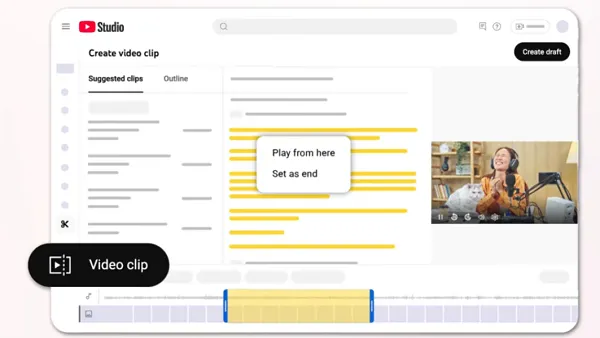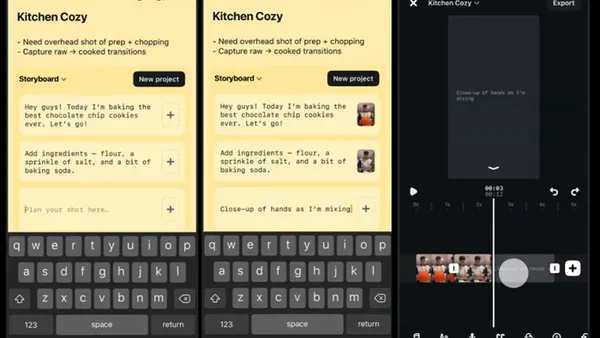So Tim Cook, the famously private person who has the thankless (but well-paying) job of trying to replace the most famous and iconic company leader of all time, has taken to Twitter. The "tweet heard round the world" happened, gentle readers, at 3:02 PM on September 20, 2013.

To date, he has 244,395 followers and, not surprisingly, is following 30.
But is the headline, "Yes, Yes, Tim Cook Joined Twitter" strictly accurate? I would say "no." He's tweeted exactly twice, likely checking one of the boxes on the external communications plan for the launch of Apple's new iPhones -- issue release, send letter to distributors and partners, hold company update meeting, issue Tweet from the Top.
According to a study released this summer, only 4% of U.S. CEOs use Twitter. The short article about the study talked about the need to be where the customers are -- which is on social media channels.
This is true. But comments about this article pointed out the very real downside risk of CEOs on Twitter -- the potential for the top person in a company inadvertently revealing something that would be considered selective disclosure and raising the ire of the SEC. One of my colleagues, Christine Simeone, a member of the board of the Boston chapter of the National Investor Relations Institute (NIRI), will be covering topics like this in a panel she's assembling on Social Media and IR on November 20 -- Consistency is Key: IR/PR Messages on Social Media. There are serious implications that go well beyond the fact that CEOs are just plain busy people to keep them from random "tweeting."
Many of our clients, including busy C-Level spokespeople, are carefully participating, retweeting interesting information about their own companies' developments and news, as well as viewpoints on industry trends. They are sharing their thoughts from the road at events. They are engaging with influencers.
Our advice to them is pretty basic:
- Select the right channel(s) in the right order for the level of engagment that makes sense for you and is something you can sustain.
- Come up with a plan for regular engagement and decide that up front -- will it be daily, weekly, monthly? -- and stick to the plan.
- Determine the themes/issues you will address to establish yourself as an expert source.
- Be careful out there about what you are at liberty to say and scupulously follow corporate social media policy and public company disclosure guidelines (when in doubt, don't share.)
- Measure the return on investment -- quality of followers; meaningful commentary and reaction to content provided; and overall improvement in visibility -- before raising the level of engagement.










